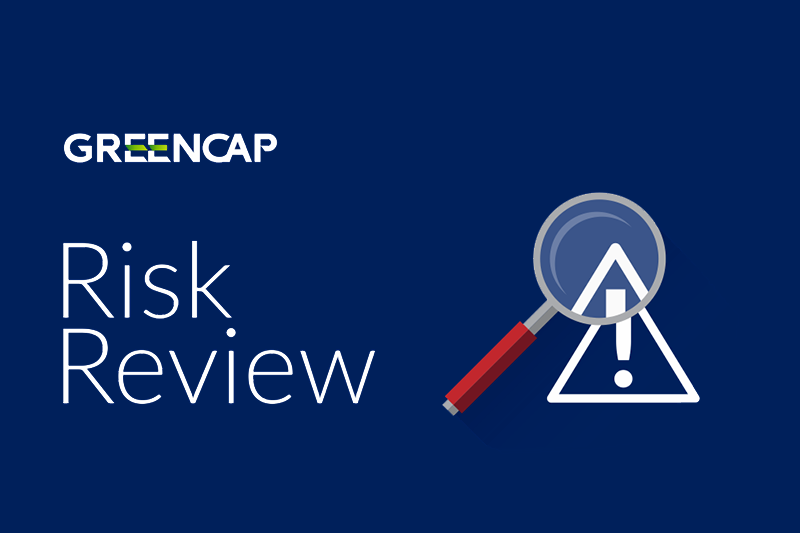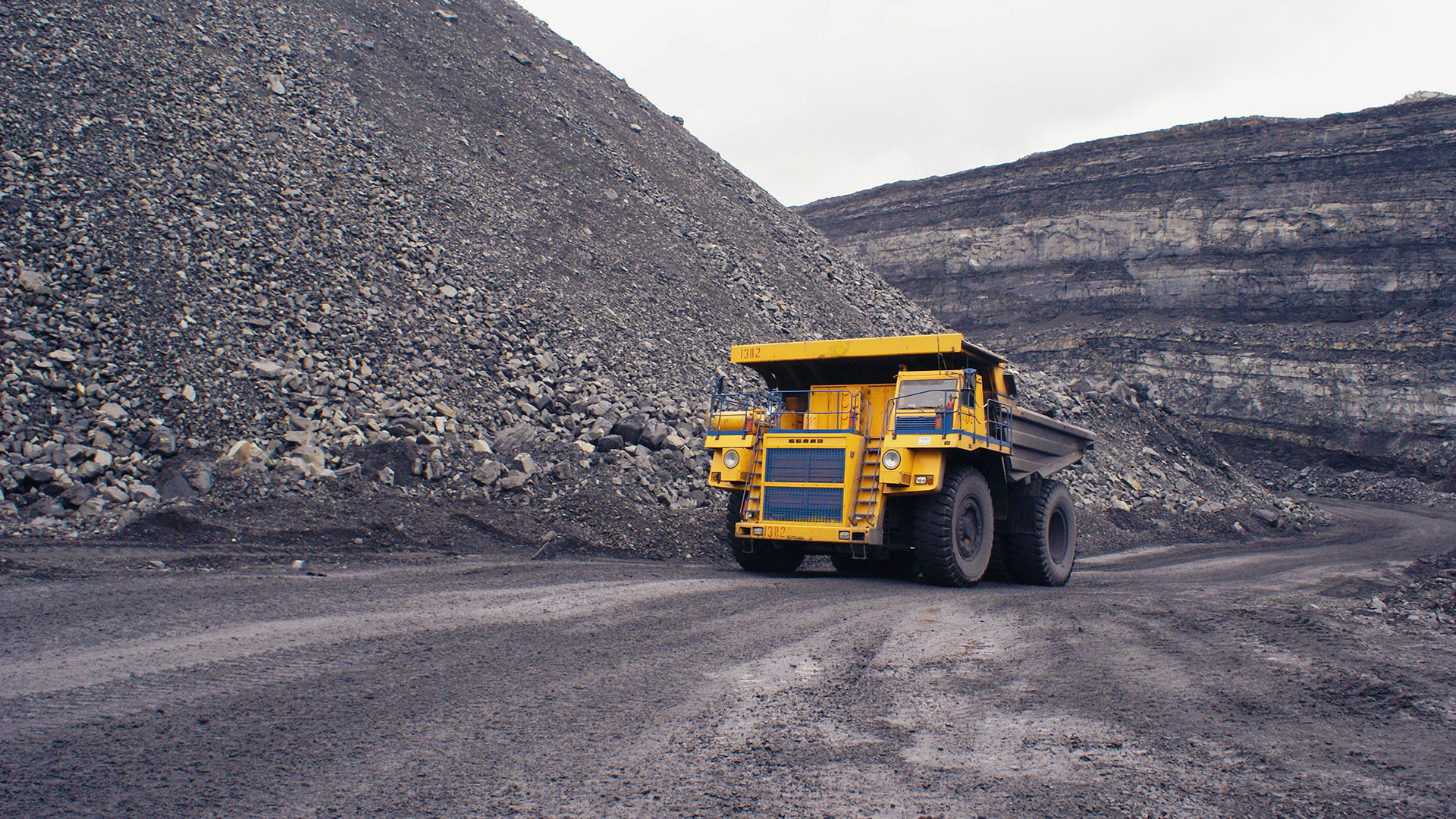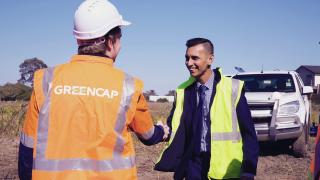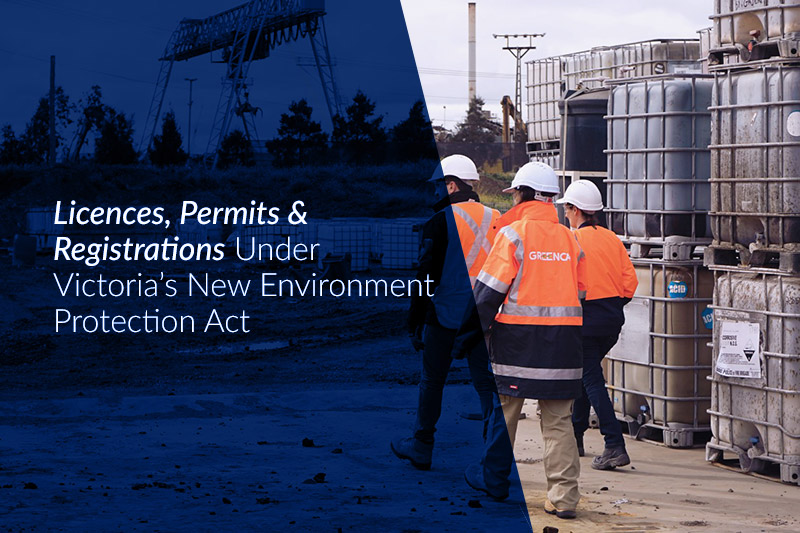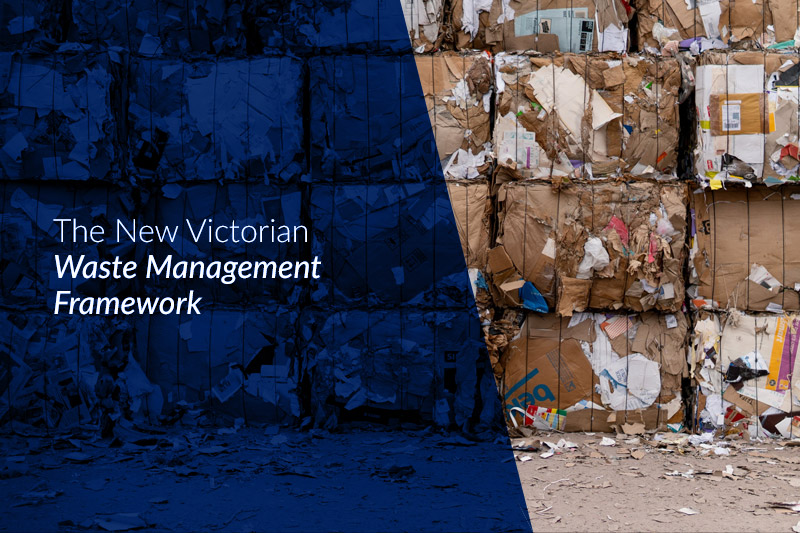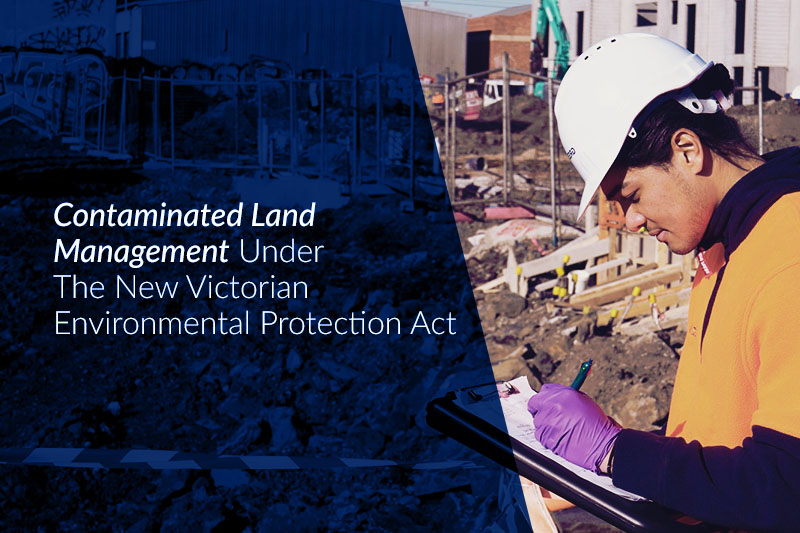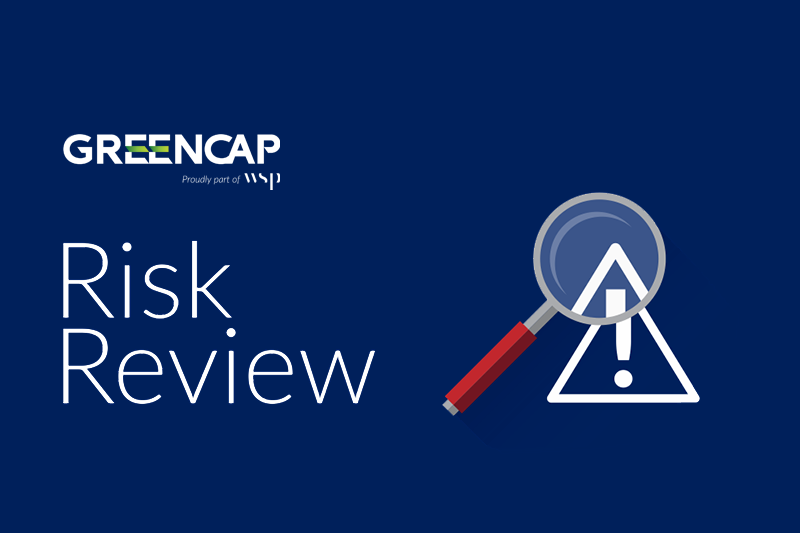News & Insights
Environmental Regulatory and Compliance Trends 2018/2019
Managing exposure to environmental liability remains an ongoing challenge for Australian businesses, particularly as government regulators take a more proactive approach to environmental compliance.
The changing attitudes across Australia with respect to the regulation of environmental liability has seen an increase in offences and penalties, putting a spotlight on how companies are managing their environmental risks.
Recent regulatory changes support the need for organisations to:
- Understand their environmental legal requirements
- Ensure their workforce is trained in the identification and management of environmental risks
- Ensure they have appropriate environmental risk management processes and systems in place
With a primary focus on developments from Victoria, Queensland and New South Wales, this Risk Review will outline some key environmental, regulatory, and compliance issues across Australia from 2018, and highlight some upcoming changes in 2019 and beyond.
Victoria
New Victorian Environmental Legislation a 'Game Changer'
The Environment Protection Amendment Act 2018 (Vic) (the Act) was passed by the Victorian Parliament on 22 August 2018, with commencement of the legislation to occur on 1 July 2020. The legislation will bring Victoria into line with the regulations of the other States and Territories, and will have significant implications for any organisation based, or with operations, in Victoria, whilst setting a new standard for environmental regulation in Australia.
The underlying principle of the new legislation is the introduction of a general preventative environmental duty that is criminally enforceable. The then CEO of the Victorian Environment Protection Authority (EPA), Nial Finegan, commented that ‘The general duty will require people conducting activities that pose risks to human health and the environment from pollution and waste to understand those risks and take reasonable steps to eliminate or minimise them’.
To meet this new duty, organisations will need to be proactive in identifying and implementing practicable risk management measures to reduce the impacts of pollution and waste. In doing so, the EPA is now empowered to work with businesses to prevent harm, rather than being solely reliant upon remedial measures, after environmental damage has occurred.
Some of the key features of the new legislation include:
New General Environmental Duty |
|
New Environmental Training Requirement |
|
Implementation and Maintenance of Adequate Systems |
|
New Duties for Pollution Incidents |
The Act creates two new duties for pollution incidents as follows:
The timeframe for implementing these duties is ‘as soon as reasonably practicable’. |
While the commencement date for this legislation is currently set for 1 July 2020, organisations will need to start preparing in 2019 in order to ensure they are ready to comply with these new requirements.
Queensland
Queensland Raising the Bar in Prosecuting Environmental Harm
The Queensland Government’s prosecution of Linc Energy has seen some of the highest ever penalties imposed for environmental harm in Australia. It has also led to the prosecution of five former Linc Energy executives.
Linc Energy operated four underground coal gasification sites in Chinchilla, where it burnt coal underground at very high temperatures to create gas. These operations resulted in significant water pollution to the point of it no longer being fit for consumption or to support agricultural activities. There was also the release of toxic gases which contaminated the air and soil. Scientists and workers warned about gases bubbling from the ground, but the company continued its operations. The site, which is now managed by the Queensland government, will require remediation for decades to come, and it will take potentially up to 20 years for the groundwater to recover.
In April 2018, Linc Energy was convicted of all five counts of wilfully and unlawfully causing serious environmental harm, concluding a ten-week trial and the largest and most complex environmental investigation conducted by the Queensland environmental regulator.
In May 2018, Linc Energy was sentenced to a total fine of $4.5 million and convictions were also recorded against the company (Source: ABC News). This sentence eclipses the highest fine of $500,000 previously imposed in Queensland.
The case highlights a new attitude amongst Australian environmental regulators to use maximum legislative penalties to effect behavioural change and serve as a deterrent to the broader community. It also highlights the importance of understanding environmental legal requirements, and the need for workforce training to identify and manage environmental risks.
Queensland Passes Revised Mine Closure and Financial Provisioning Legislation
The Mineral and Energy Resources (Financial Provisioning) Bill 2018 (the ‘Bill’) was introduced into the Queensland Parliament on 15 February 2018, and was passed on 14 November 2018.
The passage of this Bill was a significant departure from the previous approach to mine closure by the Queensland Government and signals a financial assurance reform process for the resources sector. The Bill will reduce financial risks to the State and achieve improved outcomes for the environment by establishing a financial provisioning scheme for the mineral and energy resources sector and implementing mining rehabilitation reforms.
The financial provisioning scheme will replace the current financial assurance requirements for environmental authorities for resource activities and small-scale mining tenures (‘SSMT’) under the Queensland Environmental Protection Act 1994 (‘EP Act’). The scheme will manage the financial risk to the State if the holder of an authority or a SSMT does not comply with their environmental management and rehabilitation obligations.
The Bill also introduced new progressive rehabilitation and closure plan requirements for site-specific mining lease environmental authorities through amendments to the EP Act.
This anticipated legislation will have far reaching implications for mine rehabilitation and rehabilitation in Queensland by introducing more stringent requirements around progressive rehabilitation, relinquishment and financial components of rehabilitation.
New South Wales
New South Wales Steps Up Efforts to Regulate Asbestos Waste
In November 2018, the NSW Government took steps to improve the management and control of asbestos waste in New South Wales.
The changes to the Protection of the Environment Operations Act 1997 will:
- Make it an offence to dispose of asbestos waste unlawfully, as well as prohibiting the re-use or recycling of asbestos waste
- Increase the penalties for offences, as well as increasing penalties for land pollution involving asbestos waste
- Introduce the presence of asbestos as a sentencing consideration under the legislation
This legislation highlights the need for organisations to understand asbestos liability, and to ensure that workforces have received appropriate training in asbestos disposal.
How Greencap Can Assist
Greencap has offices in all mainland States and Territories of Australia, as well as in Auckland, New Zealand.
Muddy Boots Environmental Training
Muddy Boots Environmental Training programs are customised to meet your requirements, being shaped to your workforce to achieve the best learning outcomes. The training is interactive, practical and delivered by experienced environmental professionals. Muddy Boots’ General Environmental Awareness course addresses issues such as environmental legal obligations and environmental due diligence and risk assessment.
Learn More >
Mine Closure Planning
Greencap has sound experience in the delivery of environmental and mine rehabilitation services to the mining sector.
Services include:
- Planning and approvals, ranging from small environmental authority applications to coordinating large Environmental Impact Statements (‘EIS’)
- Progressive and final land use rehabilitation planning and management, including land use suitability assessment and wastewater management
- Land access and cultural heritage
- Environmental monitoring
- Environmental monitoring and management plans
- Environmental compliance and due diligence auditing.
Learn More >
Environmental Management Systems
Greencap can work with an organisation to develop an Environmental Management System (EMS). An EMS is a structured system designed to help organisations manage their environmental impacts and improve environmental performance caused by their products, services and activities. Developing and implementing an EMS is one way to demonstrate your compliance with environmental legal obligations.
Learn More >
Muddy Boots Asbestos Training
Greencap’s Muddy Boots Asbestos Training provides industry-leading asbestos training* that is customised to meet client requirements, policies and procedures. Courses can be delivered at Greencap training facilities or at your workplace, and include:
- Asbestos Awareness
- Asbestos Management Responsibilities
- Asbestos Management Plans
- Asbestos Handling (design for people working with less than 10 m2 of asbestos)
- Silica Awareness
Learn More >
*Non-accredited
For more information about the topics addressed in this Risk Review, and how Greencap can help deliver value to your business, contact Greencap’s expert team.



Industry News
Risk Review
News
Mid-Coast Outreach & Greencap - Helping to keep communities safe and supported
Risk Review
The Asbestos Register – A cornerstone for managing asbestos
Greencap acknowledges the Traditional Owners of Country throughout Australia and recognises their continuing connection to land, waters and culture. We pay our respects to their Elders past, present and emerging.

